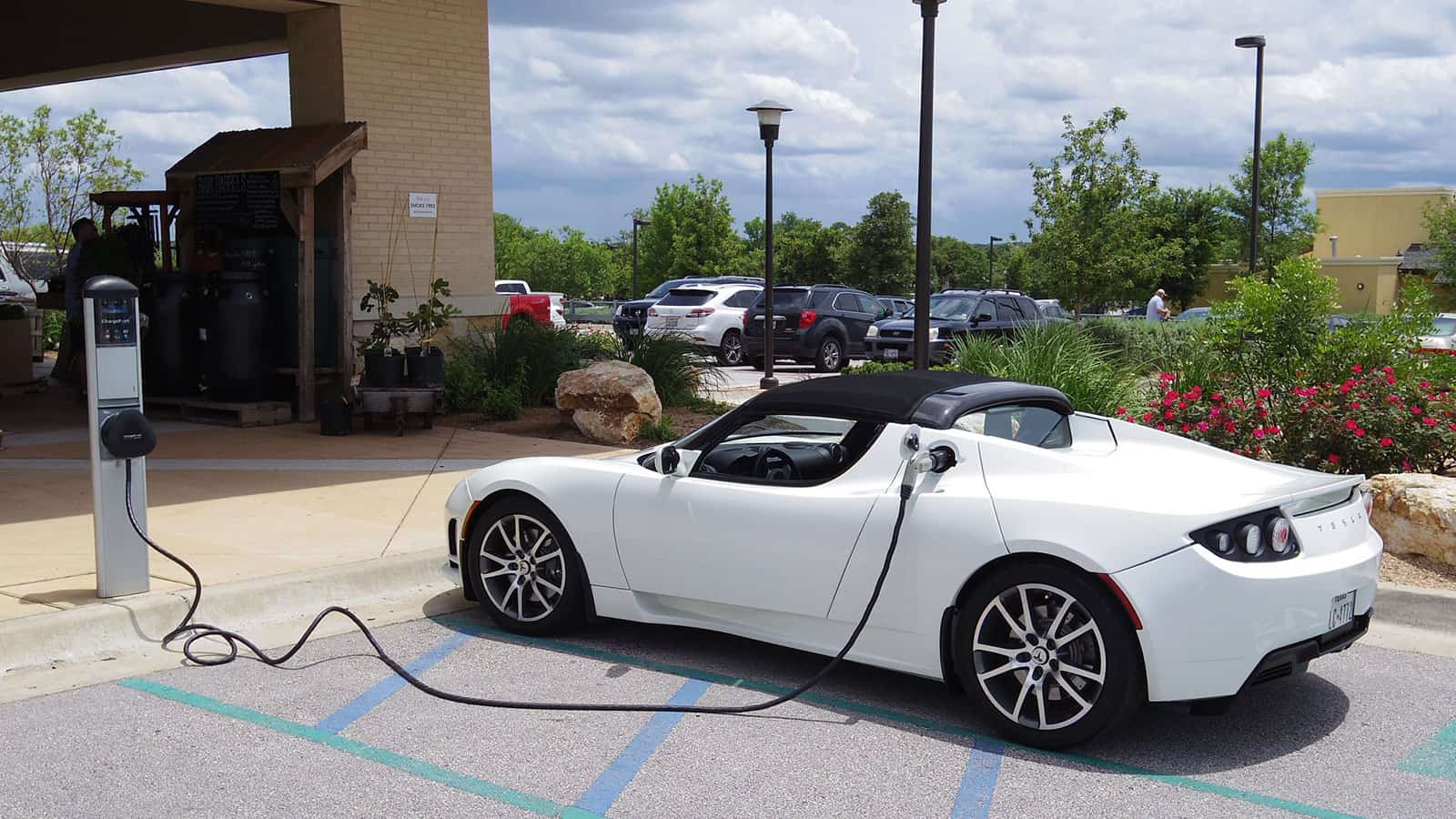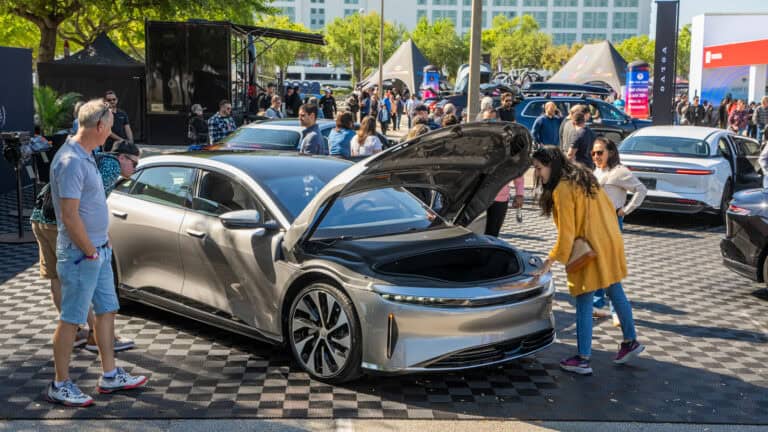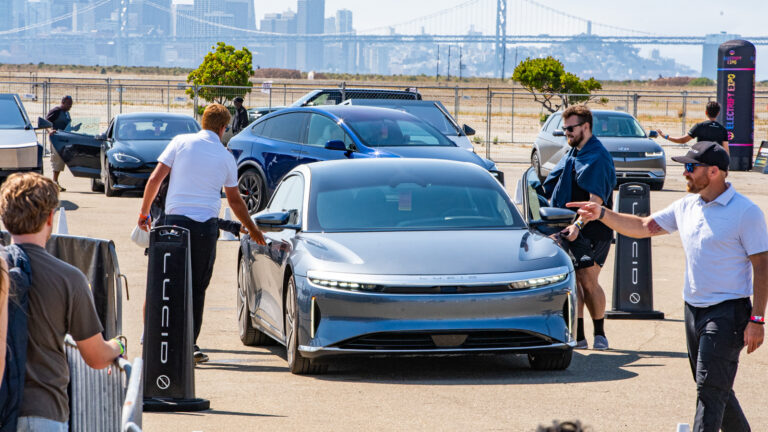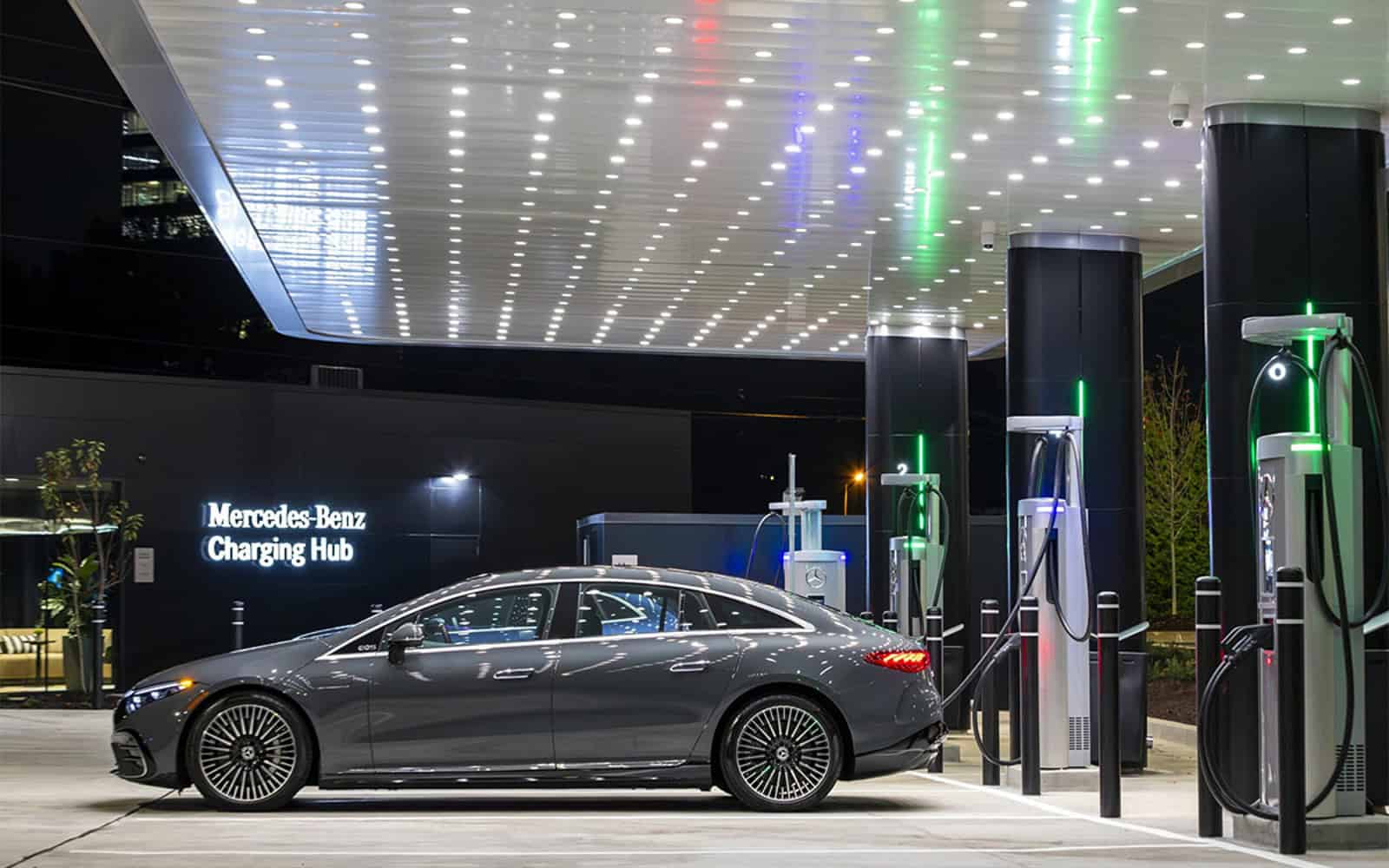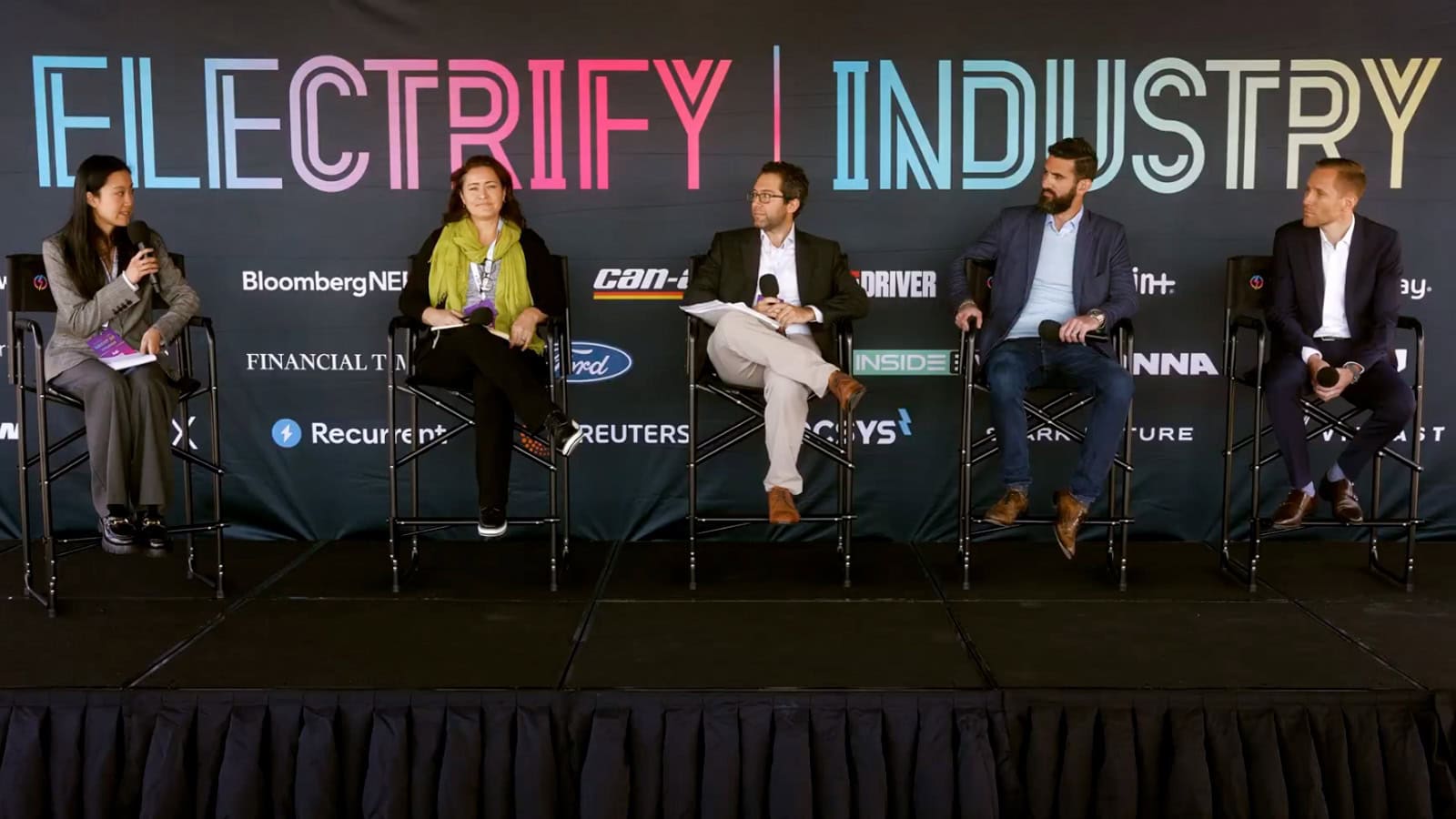- According to a study from Grand View Research, the EV charging infrastructure market is expected to reach $121.09 billion by 2030.
- Consumers have been driving the need for expanded charging access with their rapid adoption of EVs.
- Infrastructure expansions we may see include more non-networked charging stations, more commercial fast charging stations, and intra-continental charging networks.
EV charging infrastructure is undergoing a significant expansion, helped along by a global shift toward more sustainable transportation. According to a recent study by Grand View Research, Inc., the charging infrastructure market is expected to reach an astonishing $121.09 billion by 2030. Several factors have been spurring this growth, including environmentally conscious consumption, increasing fuel costs, better government subsidies, and more.
Consumers: Making the Eco-Conscious Choice
A significant factor here that can’t be ignored is consumer choice. More and more people are embracing EVs as a way to make sustainable transportation choices in the face of growing ecological concerns.
And as the demand for EVs rises, we also need efficient charging solutions. Fast chargers are becoming more popular, but we’re also seeing broader adoption of Combined Charging System (CCS) connectors, making a universal approach to EV charging plugs become more standardized.
The Infrastructure Changes We’ll Most Likely See
Right now, non-networked charging stations dominate the market, and they may continue to do so. Since the existing EV charging infrastructure isn’t quite sufficient to meet the rising demand, market players will most likely turn to more non-connected stations because they are easy to deploy and cost-effective.
We’ll also probably see more commercial fast charging stations deployed along highways, at hotels and shopping malls, and in public parking facilities. While the bulk of people’s trips tend to be just 10 miles or less, Americans do still take long trips – whether it be vacation travel or the very real segment of the population that does long-haul trucking. Adding more fast chargers gives drivers on longer journeys a more convenient, seamless experience.
More companies are also working toward upgrading Electric Vehicle Supply Equipment (EVSE) compatibility, hopefully enabling more EV owners to easily access public charging networks. One example is Nissan announcing that Nissan LEAF owners could charge their vehicles across EVgo’s network, which includes 750 public charging stations.
Collaborative initiatives between the public and private sectors can also help expand consumer buy-in when it comes to EVs as well as the supporting infrastructure. Washington and Oregon’s transportation departments have partnered to create the West Coast Electric Highway, which has 57 EV charging stations across the two states. Additional state governments are working on developing intra-continental networks of highway charging stations as well.
Moving Forward
More factors can come into play to make this EV charging infrastructure expansion possible. Other states could follow California’s lead with stringent emission limits, or technological advancements could enable interactive and self-operated charging stations.
But overall, the charging infrastructure market is experiencing rapid expansion. This should hopefully give EV owners the support they feel they need to comfortably live their electrified lives and spur potential EV buyers into taking the plunge.

SOURCE | FEATURE IMAGE: GRAND VIEW RESEARCH | ZOBEID ZUMA
FTC: We use income-earning auto affiliate links. Learn more.


